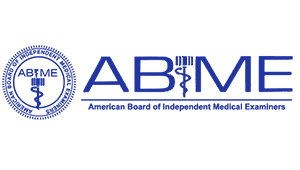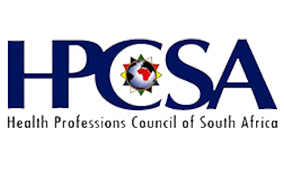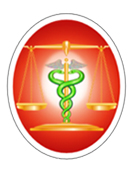Adolescents: Overview
'Adolescents' are people in the 10-19 years age group. About 1.2 billion people (1 in 6 of the world’s population) are adolescents. Though most are reported to be healthy, there is still substantial news of premature deaths, illnesses, and injuries among adolescents.
Adolescent Health: Definition
Adolescent health, also called youth health, is the series of approaches which involves detecting, treating and preventing issues related to adolescents’ well-being.
Adolescent Health: Importance and Consequences
Adolescence is the period of transition between childhood and adulthood, wherein adolescents experience dramatic mental, physical, biological and developmental changes. These changes can have far-reaching consequences on the well-being of adolescents if their health concerns are not addressed in time.
The health issues may:
- Endanger the current and future health of adolescents
- Hinder adolescents’ ability to grow to their full potential
- Put their health as adults and the health of their children at risk
Adolescent Health: Risks
Adolescence is a period of mental vulnerability, with most mental health disorders known to onset during this time. Moreover, many health risk behaviours such as the use of tobacco, alcohol or illicit substances, poor diet and food habits, unprotected sex, exposure to violence and lack of physical activities are often adapted during adolescence and may continue all through their life course.
Some of the major risks associated with adolescent health can be:
- Infectious diseases
- HIV/AIDS or STDs
- Early pregnancy and childbirth
- Obesity, drug abuse
- Nutritional deficiencies
- Physical injuries
Key facts
- 1.3 million adolescents die prematurely every year, mostly from treatable or preventable causes.
- Intentional and unintentional injuries (including road accidents), suicides, childhood diseases like diarrhea and pneumonia besides age-related violence, top the list of causes for adolescent deaths globally.
- An estimated 2.1 million adolescents are currently living with HIV, with the number having tripled since 2000.
Adolescent Health: Solutions
Adolescents are often neglected while developing health policies. They also experience many barriers in accessing quality health services and information. Therefore, it is recommended to adopt a broader concept of adolescent health for better well-being.
The concept may include risks such as:
- Mental health and substance misuse
- Sexual and reproductive health
- HIV, infectious diseases
- Non-communicable diseases (NCDs)
- Nutritional deficiencies
- Violence and physical injury
Addressing these risks will go a long way in meeting adolescents’ health needs and improving their well-being as they grow.
There are a few core areas that can address adolescent health risks. They include but are not limited to:
- Developing and executing health-promoting and health-protecting policies
- Raising awareness about adolescent health among the public and other stakeholders
- Promoting healthy behaviours during adolescence
- Providing quality health services for adolescents
- Taking steps to protect adolescents from health risks
- Making recommendations to governments on adolescent health
- Documenting progress in adolescent health and development
- Producing evidence-based guidelines to support health services
- Supporting other sectors (like education) influencing adolescent health
Further, adolescent health is often influenced by factors beyond the realm of other sections like education. Given the scenario, it is recommended to build strategies on multisector action and execution.












